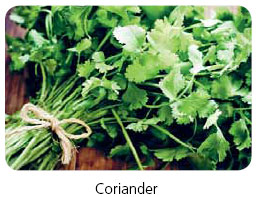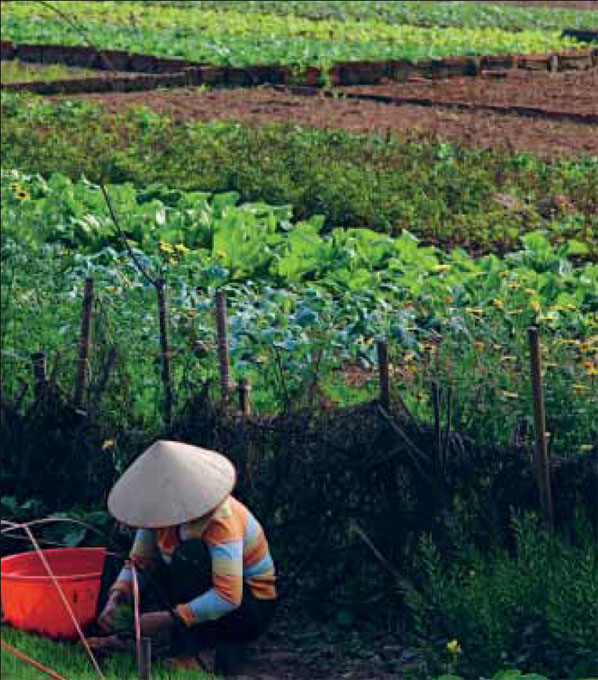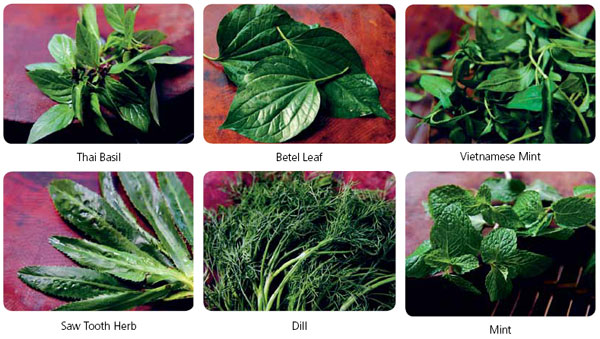
HERBS
Any visit to a local market will reveal the three foundation stones of Vietnamese cuisine: rice, fish sauce and, very importantly, herbs. In fact, Vietnam’s cooking is renowned for its judicious and subtle use of aromatics, which are offered in abundance and bought by the bagful. In a cuisine that is often described as fragrant, herbs are often used raw or added at the very end of the cooking process, as their subtle perfume would otherwise disappear. They are prized for both their flavours and their health properties, being an important source of minerals and vitamins.
This glossary covers the herbs used in the recipes and is by no means meant to be an exhaustive list of the wide range of herbs used in Vietnamese cooking.
Thai Basil
A much-loved herb in both Mediterranean and Asian cuisines, basil boasts more than 12 varieties. The flavours of the varieties grouped together under the name of Thai basil are very different from the sweet aromas characterising their European counterparts.
There are three main types used in Vietnamese cooking: Thai sweet basil possesses a mild flavour with hints of anise. Prone to losing much of its aroma during cooking, it is often used as a garnish. Holy basil, on the other hand, has a more robust, peppery flavour that unfolds during the cooking process and is a favourite for stir-fries. Finally there is Thai lemon basil, also sold under the name of hoary basil, the lime aroma of which goes particularly well with seafood.
Betel Leaf
This heart-shaped leaf belongs to a vine that attaches itself to the areca nut tree (which, by power of association, is often erroneously called the betel nut tree). Belonging to the piperaceae family, which also includes the pepper plant, the leaf can be quite tough and is rarely eaten raw. Used mainly in stews or as a wrap for chargrilling, it infuses a subtly bitter taste and is said to have antiseptic properties.
Vietnamese Mint
Not part of the mint family, but rather a smart weed or pink weed, the taste of the pointy leaves with their purple tips is similar to coriander with a strong lemony note. It is said to also possess digestive qualities. In the north, Vietnamese mint is often paired with duck and other dark meats, and the best Vietnamese mint is said to come from Lang village near Hanoi.
Saw Tooth Herb
Named because of its long leaves with their serrated edges, this herb is native to the Caribbean Islands but has become very common in South-East Asia. It is also known as saw tooth coriander and is similar in taste to regular coriander, only with a stronger aroma, and is used as a garnish or in soups and stir-fries. Because the leaves are larger, they can also be used as wraps.

Dill
A native to southern Russia and western Africa, this herb made its way via the Mediterranean to Vietnam. Dill is also known as Laotian coriander, although it belongs to the family of herbs that includes parsley, cumin and bay leaf. The sweet, yet tangy flavour of the fern-like leaves goes particularly well with seafood. Dill needs to be very fresh to unfold its full aroma and should be added only at the very end of the cooking process.
Mint
Indigenous to the Mediterranean, mint has been known since antiquity. Legend has it that it was named after a nymph called Minthe. In a fit of jealousy, Pluto’s wife turned her into a plant, and while Pluto was powerless to reverse the spell, he at least could impart the plant with its distinct perfume. There are up to twenty different kinds of mint, with spearmint being the most common variety for cooking, adding a fresh, cool taste to savoury dishes. The herb is also an excellent source of vitamins A and C.
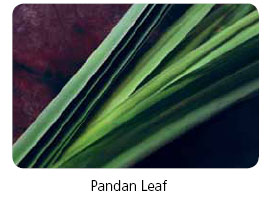
Pandan Leaf
This long and pointy leaf is harvested from the pandanus palm, also known as screw pine. The leaves are not actually eaten but are added during the cooking process to impart a complex flavour, often described as grassy and sweet with hints of hazelnut. Featuring mainly in south Vietnamese dishes and often paired up with coconut, the liquid from the leaves is also used as a natural food colouring for cakes. The pandan extract that is commercially available is often enhanced with green food colouring.
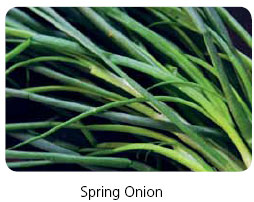
Spring Onion
Rich in vitamin C, this slim and bulbless variety of scallion is used both raw and cooked. Also known as ‘bunching onions’ because they are sold in bundles held together by a string or rubber band, spring onions add a fresh, mild onion taste and a vibrant green colour to cooked dishes and salads.
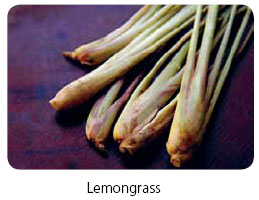
Lemongrass
Like coriander, lemongrass is an essential ingredient in Vietnamese cuisine. Botanically speaking a tufted grass, the herb contains the same essential oil that is present in lemon rind, giving lemongrass its unique citrus aroma with just a hint of ginger. For most recipes the tough, fibrous outer layers are removed to reveal the white bulb of the plant, which is then either chopped or bruised with a mortar and pestle.
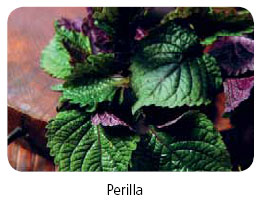
Perilla
A distant cousin of the mint family, this vine leaf with serrated edges is also sold under the names of Chinese basil or wild sesame. Indigenous to South-East and East Asia, the Vietnamese variety of the perilla leaf is green on one side and purple on the other. A good source of minerals and vitamins, this fragrant herb is eaten as garnish with bun (vermicelli) dishes, as well as in soups and stews.
Lotus Leaf
Although the lotus plant grows in muddy ponds and puddles, it has become a symbol for purity.
Part of the reason might be the ‘lotus effect’, referring to the self-cleansing properties of the leaves thanks to their complex molecular structure and waxy surface. Given that the large, fan-shaped leaves are naturally clean, it is only logical that they are used as food wrappers, imparting their subtle earthy aroma into sticky rice and other dishes.
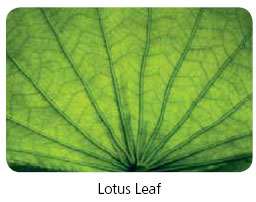
Kaffir Lime Leaf
A South-East Asian native, lime leaves are a popular ingredient in Thai, Cambodian and Vietnamese cuisines, imbuing a distinctly spicy citrus aroma to stews and curries.
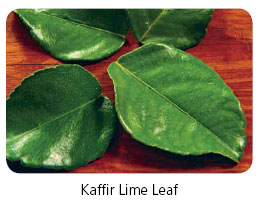
Coriander
This herb is sometimes referred to as Chinese parsley because of its similarity in appearance to the European flat-leaf parsley. While the dried seeds can also be used, it is the fresh leaves, also known as cilantro, that make it one of the most popular herbs in Vietnamese cooking.
Coriander is often eaten as a garnish, in salads or banh mi (baguettes). The aroma of coriander is fleeting so if it is used in hot dishes it needs to be added at the very end of the cooking process. To the European palate, the flavour is slightly soapy and can be an acquired taste. Coriander is also considered a good source of vitamins A, B and C.
